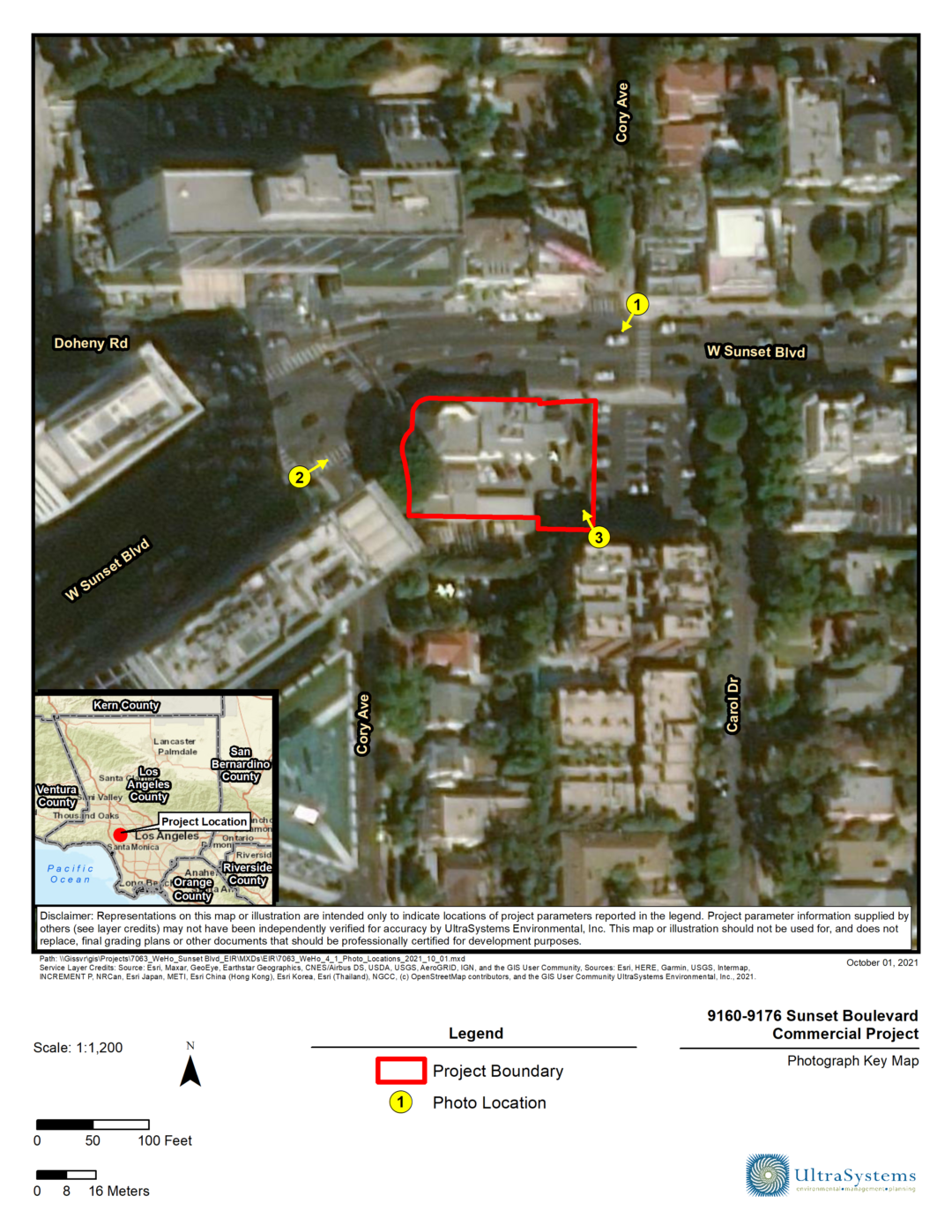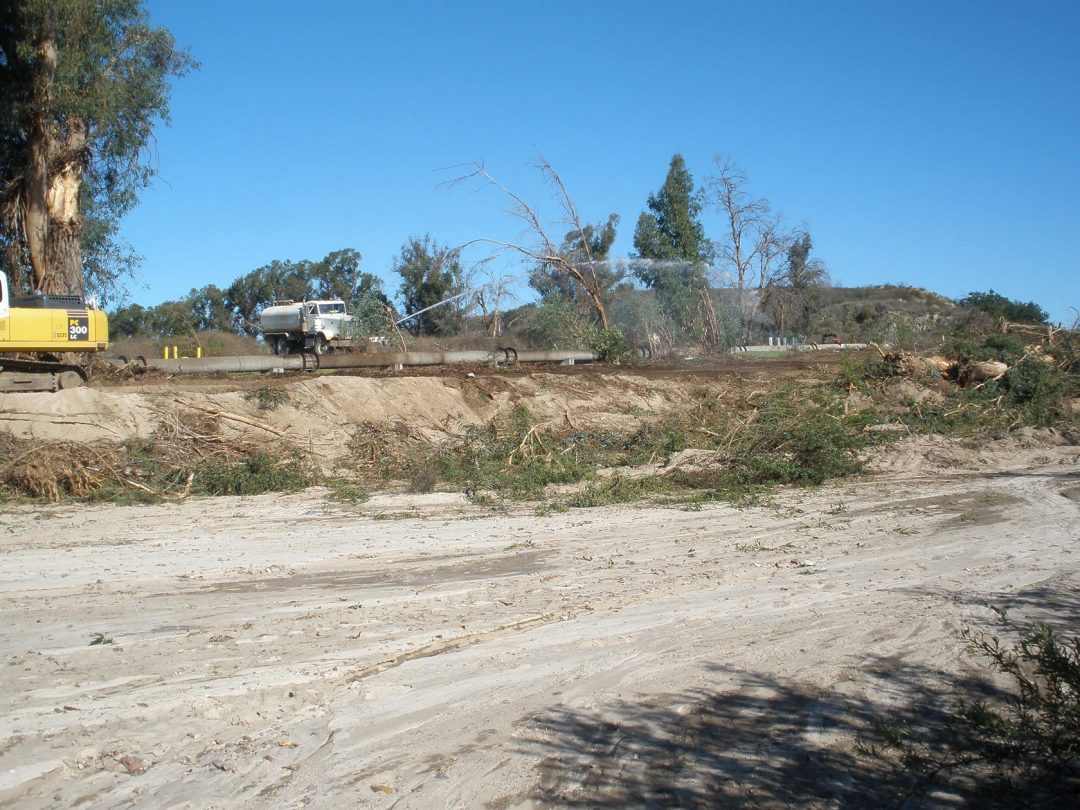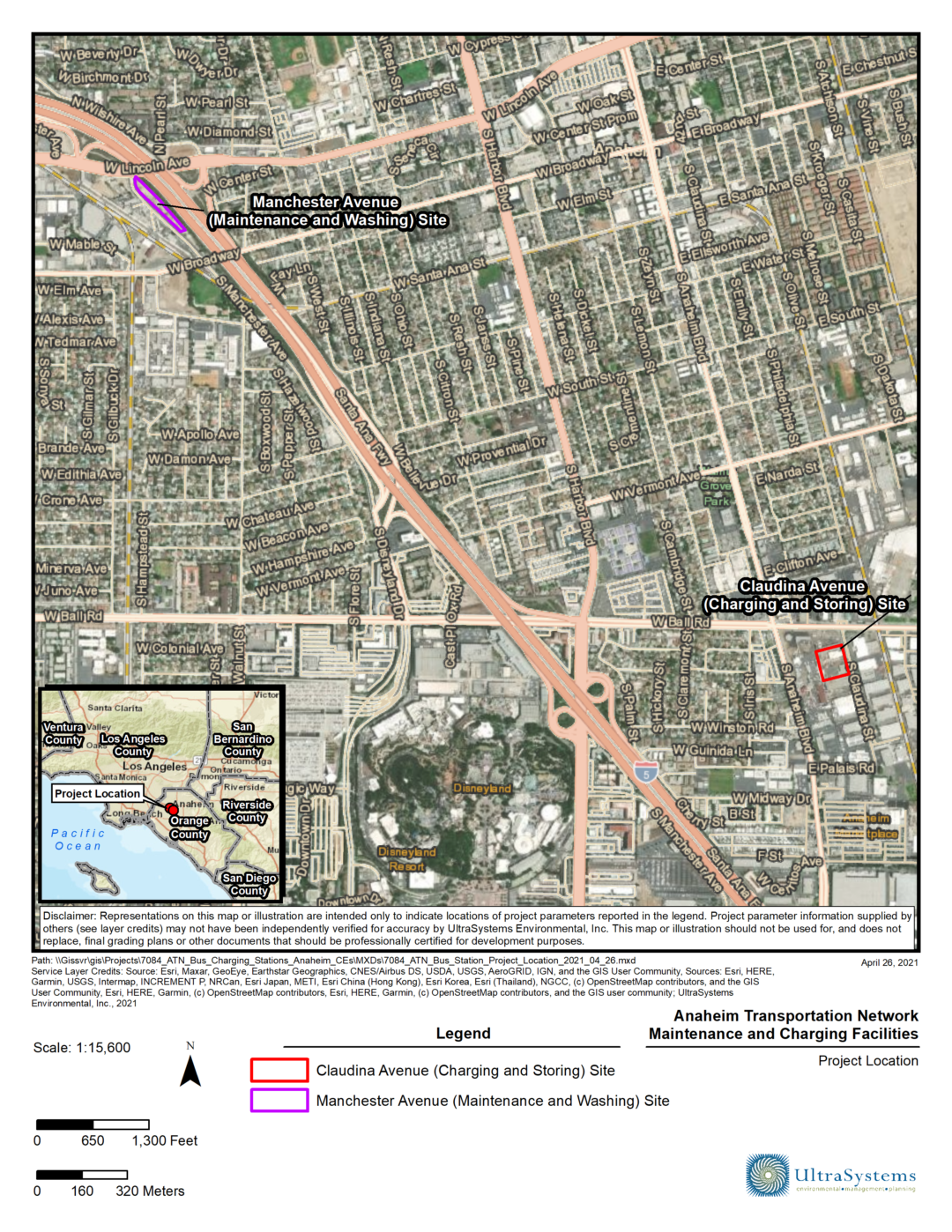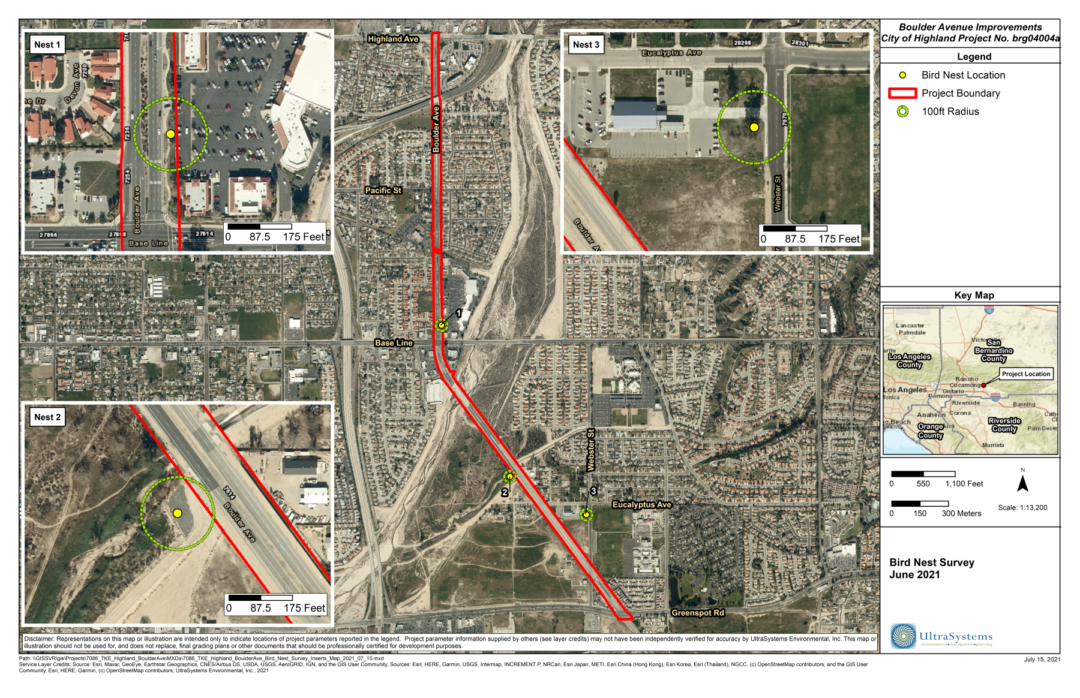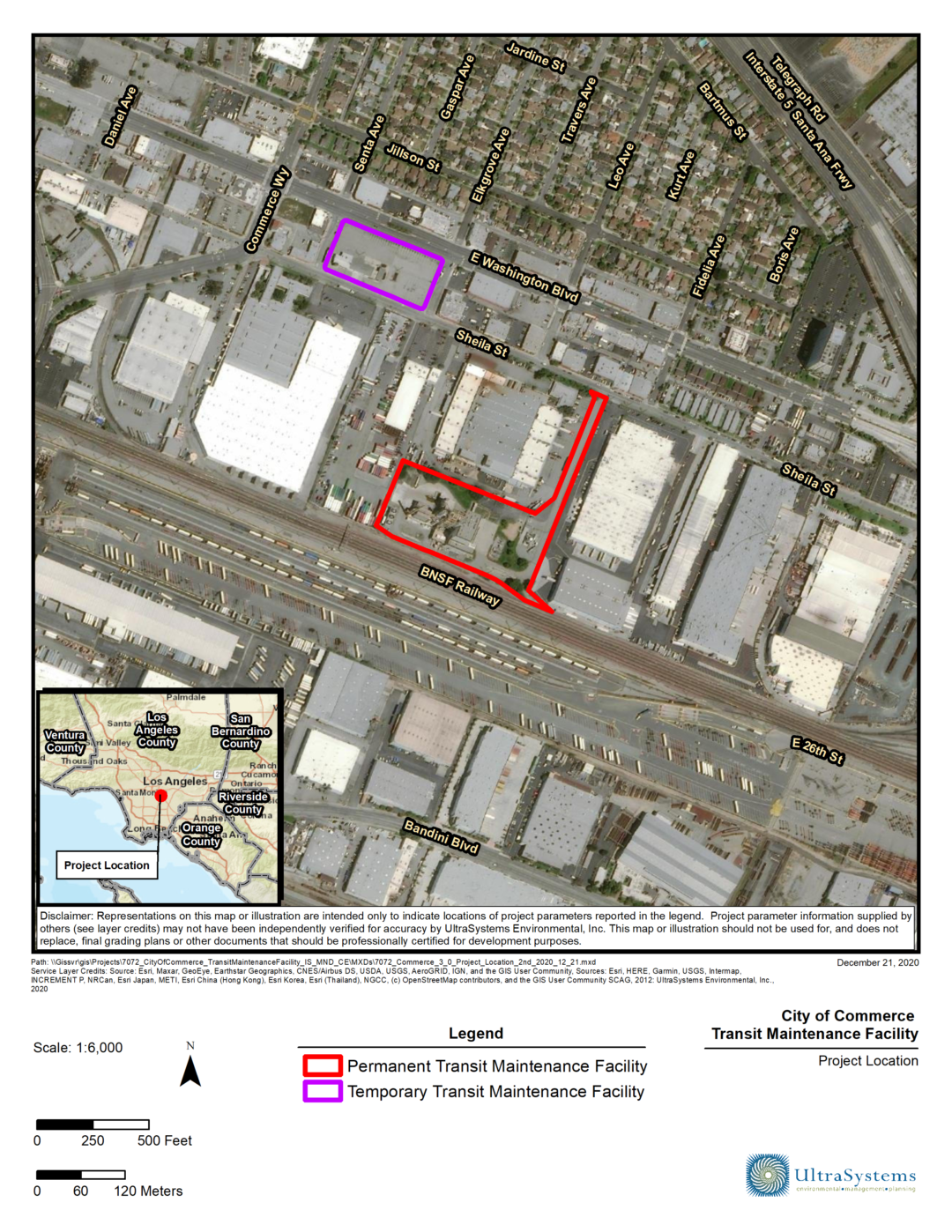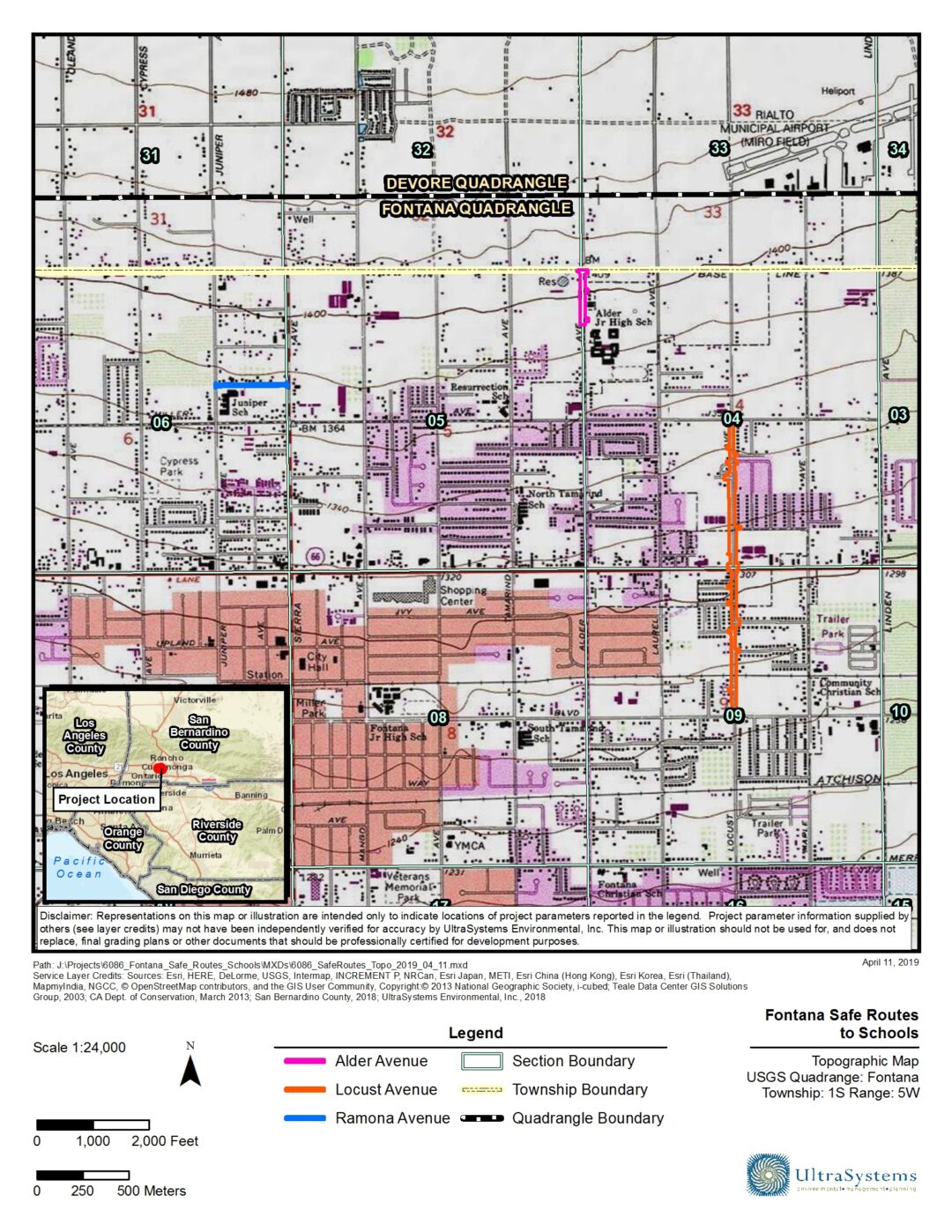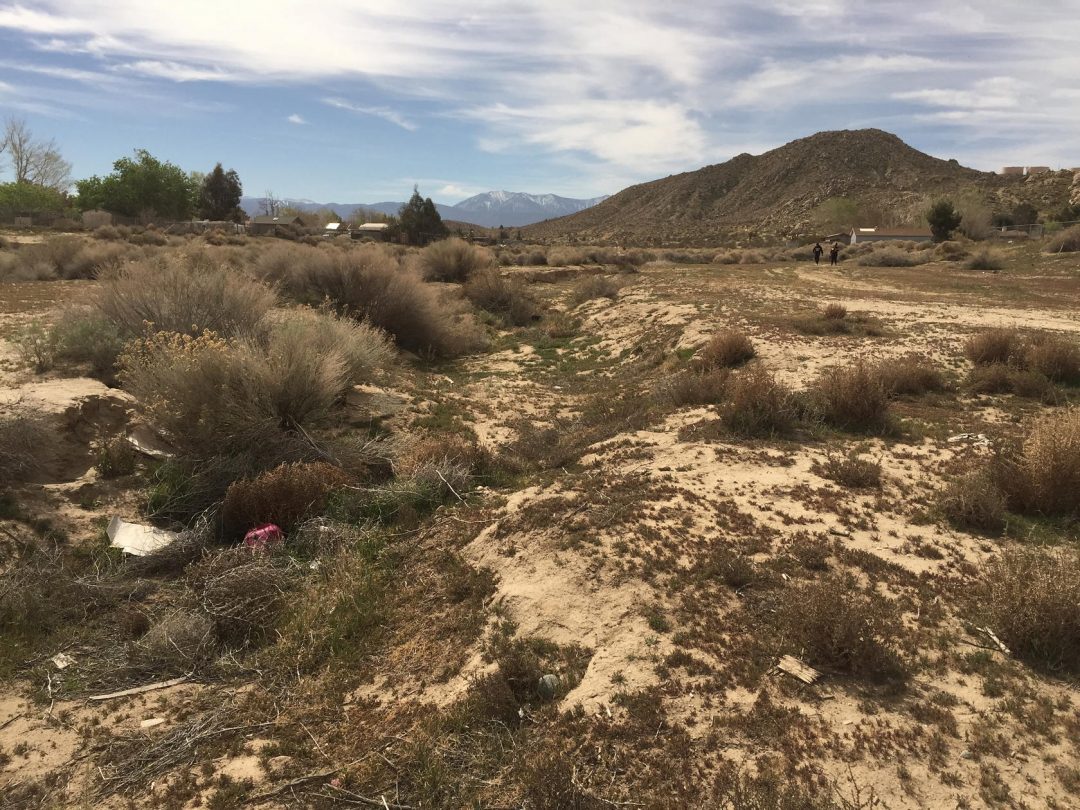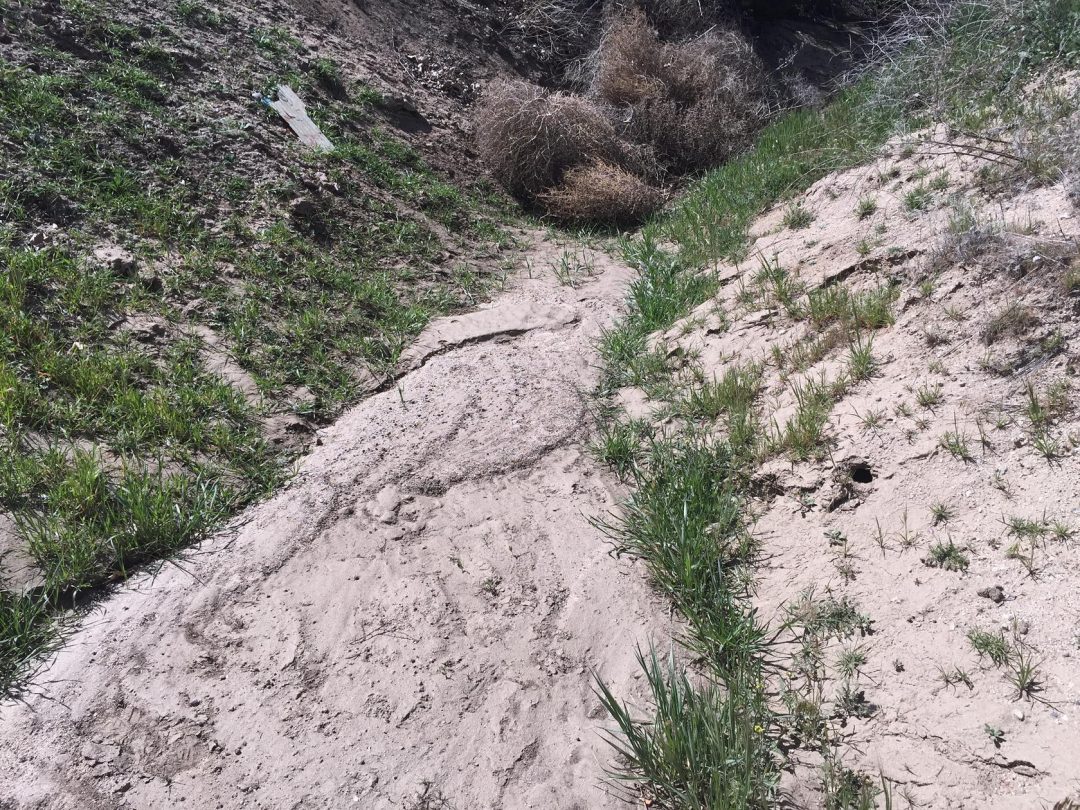California High Speed Train Project
The California High-Speed Rail Authority (Authority), in cooperation with the Federal Railroad Administration (FRA), certified its Final Program Environmental Impact Report and Environmental Impact Statement (EIR/EIS) in 2005 for a high-speed train (HST) system in California. The Authority and FRA were preparing a Project-level EIR/EIS to evaluate the environmental effects of constructing and operating a HST between Anaheim (Anaheim Regional Transportation Intermodal Center [ARTIC]) and Los Angeles (Union Station), along the LOSSAN corridor. The corridor proposed for use by high-speed trains between Anaheim and Los Angeles is a combination of three segments, with three owners: the River Corridor, the BNSF San Bernardino Subdivision, and the Orange Subdivision. Since the three segments of the corridor are part of the “general railroad system of transportation” of the United States, their use is governed under Title 49 by the FRA. The California Public Utilities Commission has jurisdiction over some elements of construction and operation not addressed by the FRA. Proposed HST use of this corridor will require moderate to extensive modification of the railroad infrastructure, including adjustments to nearby public streets and highways, in order to continue the historic freight and passenger transportation traffic, while adding the new high-speed service.
Working as an environmental subconsultant to STV Group Inc., UltraSystems gathered technical data and was responsible for preparing the regulatory setting and baseline setting sections of the Project-level EIR/EIS and supporting technical studies for this proposed high-speed train (HST) segment. The regulatory setting section addressed applicable state and federal environmental requirements corresponding to different environmental resource areas. The baseline setting section included detailed documentation of existing environmental resources within the proposed corridor alignment. Focused technical services provided by UltraSystems in support of the environmental documentation process included data collection, surveys and technical documentation for biological resources, wetlands/waters of the US (Section 404), air quality, land use planning, aesthetic and visual resources, hazardous materials, socioeconomic and community impact analysis, cumulative impact assessments, parks and recreational facilities (Section 4(f)), and historical and archaeological resources (Section 106).
Our professional staff also prepared a preliminary project description describing the proposed corridor alignment, various project features, numerous local grade separation projects, and provision for transit hubs/intermodal centers at Union Station, Norwalk and Anaheim. We also conducted a series of public scoping meetings to educate local communities and other stakeholders about the project and potential impacts from construction and daily operations. Finally, we held interagency meetings on this project with various key stakeholders.
In addition to coordinating the noticed scoping meetings, UltraSystems prepared and delivered presentations to community-based organizations, business groups, local agencies, and city officials based along the proposed Orange County to Los Angeles project corridor. The purpose of the presentations was to allow the STV/UltraSystems Project Team to introduce the HST project and describe the environmental process.
UltraSystems prepared the Agency’s Coordination Plan that identified public agencies that the Authority and the FRA would consult with during preparation of the EIR/EIS and described the process by which the Authority and FRA proposed to seek guidance and share information from these public agencies. The Agency Coordination Plan was based on Section 6002 of the Safe, Accountable, Flexible, Efficient Transportation Equity Act: A Legacy for Users (SAFETEA-LU), codified as 23 USC Section 139. The plan established a formal procedure by which interested governmental agencies could participate in the environmental review process. The final Coordination Plan promoted an efficient, streamlined process, as well as good project management through coordination, scheduling, and early resolution of issues.
UltraSystems also prepared the Implementation Strategy for Agency Involvement for the Anaheim-Los Angeles section of the HST S. It tiered from the Statewide Agency Coordination Plan and defined agency coordination and involvement activities for the Anaheim to Los Angeles section of the HST system. The plan was designed to minimize the potential for duplication among the state and federal agencies with jurisdiction over more than one section of the HST system. This plan also coordinated work efforts with the approved Statewide Agency Coordination Plan (Statewide Plan). The Statewide Plan set forth specific protocols for federal, state, and local agency involvement in the development of the Project EIRs/EISs for individual sections of the HST system.

